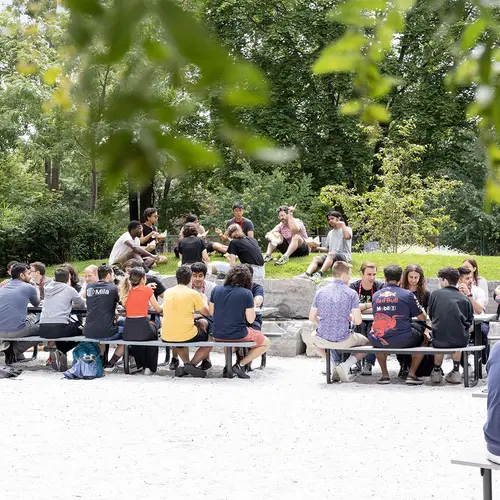
Anna (Cheng-Zhi) Huang
Biographie
Anna Huang est professeure adjointe de génie électrique et informatique à la faculté des arts de la musique et du théâtre à MIT (Massachussetts Institute of Technology). Elle est aussi professeur associée au département d'informatique et de recherche opérationnelle (DIRO) de l'Université de Montréal. Anna Huang est également chercheuse chez Google DeepMind, où elle travaille sur le projet Magenta et professeure adjointe à l'Université de Montréal.
Ses recherches portent sur la conception de modèles génératifs et d'interfaces pour soutenir la création musicale et, plus généralement, le processus créatif. Son travail se situe à l'intersection de l'apprentissage automatique, de l'interaction humain-machine et de la musique. Elle est la créatrice de Music Transformer et de Coconet. Coconet est le modèle d'apprentissage automatique qui a alimenté le premier Doodle IA de Google, Doodle Bach, qui a harmonisé en deux jours 55 millions de mélodies provenant d'utilisateurs du monde entier. Ces dernières années, elle a été organisatrice et juge du concours international AI Song Contest et rédactrice invitée pour le numéro spécial de TISMIR sur l'IA et la créativité musicale. Elle est titulaire d'un doctorat de l'Université Harvard, d'une maîtrise du MIT Media Lab et détient un baccalauréat double de l'Université de la Californie du Sud en informatique et en composition musicale.


